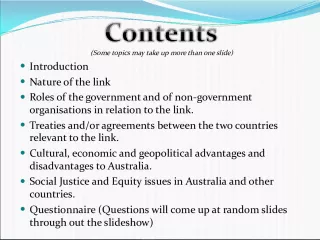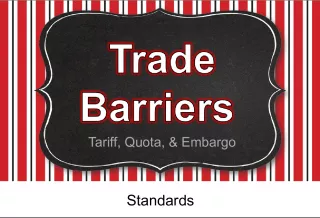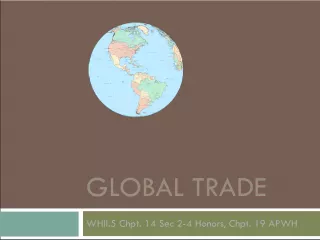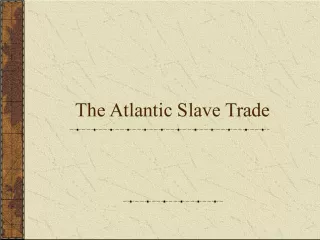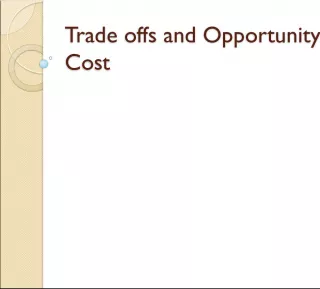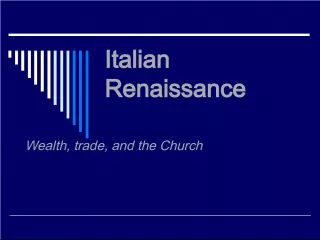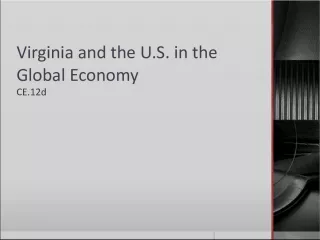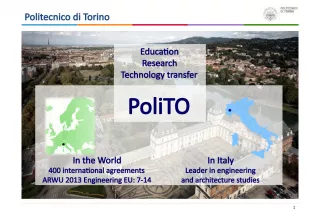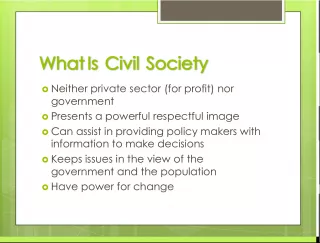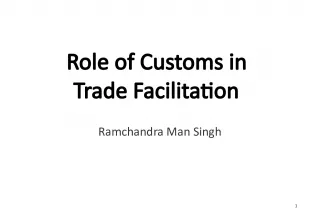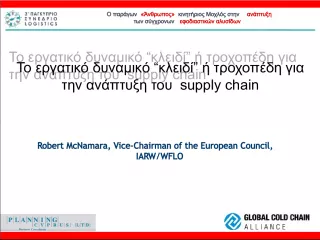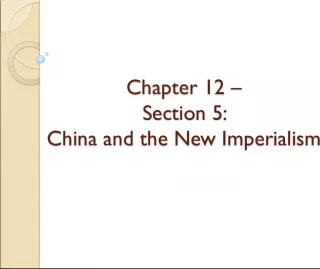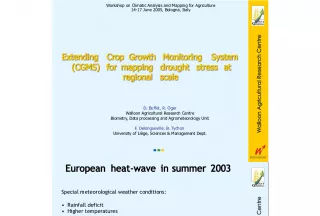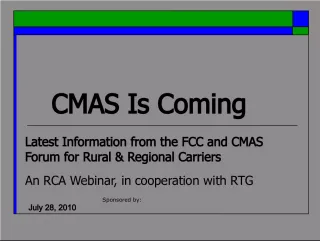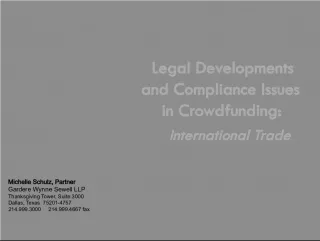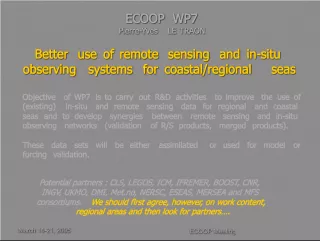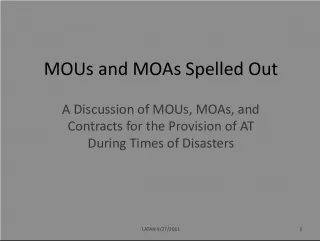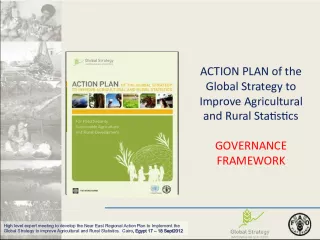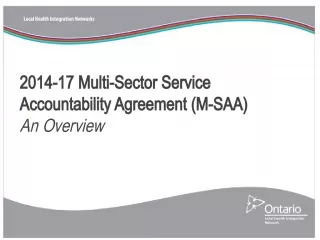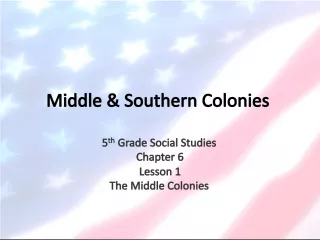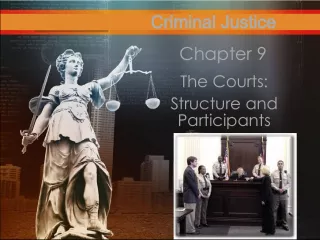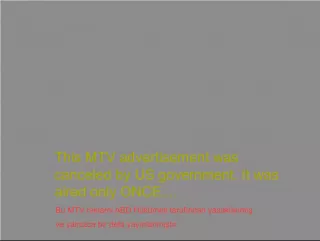Regional Trade Agreements and the WTO
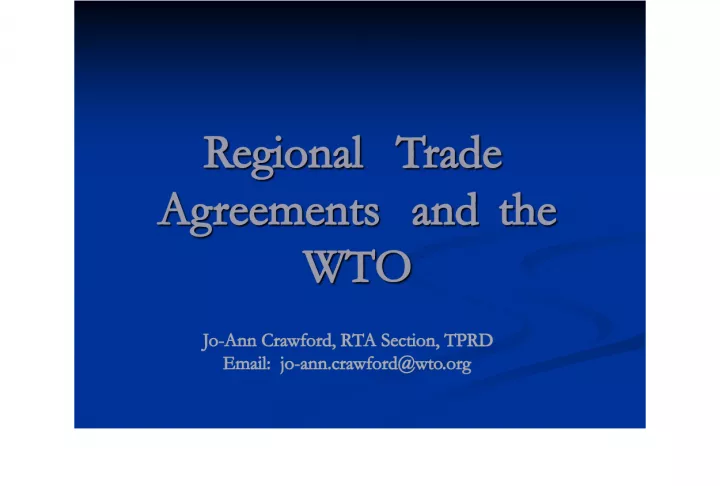

Jo Ann Crawford, RTA Section TPRD, discusses the relationship between Regional Trade Agreements and the World Trade Organization (WTO). Email: joann.crawford@wto.org.
- Uploaded on | 3 Views
-
 margaux
margaux
About Regional Trade Agreements and the WTO
PowerPoint presentation about 'Regional Trade Agreements and the WTO'. This presentation describes the topic on Jo Ann Crawford, RTA Section TPRD, discusses the relationship between Regional Trade Agreements and the World Trade Organization (WTO). Email: joann.crawford@wto.org.. The key topics included in this slideshow are . Download this presentation absolutely free.
Presentation Transcript
1. Regional Trade Agreements and the WTO Regional Trade Agreements and the WTO Jo-Ann Crawford, RTA Section, TPRD Email: jo-ann.crawford@wto.org
2. What is an RTA in the WTO? What is an RTA in the WTO? Concessions Concessions Members Members Examples Examples RTA? RTA? Reciprocal Reciprocal Selective Selective EU, NAFTA, Mercosur EU, NAFTA, Mercosur Unilateral Unilateral Selective Selective Cotonou, AGOA Cotonou, AGOA Unilateral Unilateral Generalized Generalized GSP GSP Types of preferential trade liberalization: Types of preferential trade liberalization:
3. Types of RTAs Types of RTAs Free Trade Area Free Trade Area Partial Partial Scope Scope a group of two or more customs territories that have eliminated all or most tariff and non-tariff measures affecting trade among themselves. Participating countries continue to apply their existing tariffs on external goods. a group of two or more customs territories that have eliminated all or most tariff and non-tariff measures affecting trade among themselves. Participating countries continue to apply their existing tariffs on external goods.
4. Formation of a FTA Formation of a FTA Country A & B sign a FTA Country A & B sign a FTA Tariffs are eliminated on most goods Tariffs are eliminated on most goods Each party maintains its tariff structure Each party maintains its tariff structure A Roo regime is put in place A Roo regime is put in place Other common features Other common features Reciprocal concessions (possible asymmetrical implementation) Reciprocal concessions (possible asymmetrical implementation) Negative list approach Negative list approach Beyond tariff concessions Beyond tariff concessions B B Country A Country A Uniform MFN tariff of 6% Uniform MFN tariff of 6% Country B Country B Variable MFN tariff 030 % Variable MFN tariff 030 % A A 0% duties 0% duties
5. Types of RTAs Types of RTAs Customs Union Customs Union Free Trade Area Free Trade Area Partial Partial Scope Scope a group of two or more customs territories that have eliminated all or most tariff and non-tariff measures affecting trade among themselves. Participating countries replace their individual MFN tariffs with a single tariff applied to third countries. a group of two or more customs territories that have eliminated all or most tariff and non-tariff measures affecting trade among themselves. Participating countries replace their individual MFN tariffs with a single tariff applied to third countries.
6. Formation of a CU Formation of a CU B B Country A Country A Uniform MFN tariff of 6% Uniform MFN tariff of 6% Country B Country B Variable MFN tariff 030 % Variable MFN tariff 030 % A A 0% 0% duties duties Country A & B sign a CU Country A & B sign a CU Tariffs are eliminated on most goods Tariffs are eliminated on most goods A common external tariff is adopted A common external tariff is adopted A mechanism to share customs revenues is devised A mechanism to share customs revenues is devised A temporary Roo regime may be put in place A temporary Roo regime may be put in place Compensation is paid to third countries if bound MFN rates are raised Compensation is paid to third countries if bound MFN rates are raised CET 5 10 % CET 5 10 %
7. Types of RTAs Types of RTAs Economic Union Economic Union Common Market Common Market Customs Union Customs Union Free Trade Area Free Trade Area Partial Partial Scope Scope Lesser coverage of economic activity More economic and political integration
8. RTA trends & characteristics RTA trends & characteristics As of 1 April 2010, 463 RTAs have been notified to the GATT/WTO of which 272 are currently in force Approximately 100 RTAs in the pipeline (signed, not yet in force/under negotiation) Unaccounted number of RTAs in force but not yet notified
9. RTA trends & characteristics RTA trends & characteristics 187 RTAs cover trade in goods; 73 trade in services; and 12 are accessions to existing RTAs EIAs represent 28% of total number of RTA notifications approximately 70% of RTAs being negotiated contain provisions on trade in services RTA coverage is expanding RTA coverage is expanding
10. Quantifying the proliferation of RTAs Quantifying the proliferation of RTAs Out of the total, 123 RTAs were notified during the GATT years and 340 RTAs during the WTO years Of the RTAs notified during the GATT years only 29 remain in force today
11. Typology of RTAs Typology of RTAs FTAs account for the great majority of RTAs notified and in force FTAs account for the great majority of RTAs notified and in force Notified RTAs in force as of 1 April 2010 Notified RTAs in force as of 1 April 2010
12. Configuration of RTAs Configuration of RTAs Notified RTAs in goods by type of partner as of 1 April 2010 Notified RTAs in goods by type of partner as of 1 April 2010
13. Configuration of RTAs Configuration of RTAs Notified RTAs in services by type of partner as of 1 April 2010 Notified RTAs in services by type of partner as of 1 April 2010
14. Network of Plurilateral Groupings in Europe and Central Asia Network of Plurilateral Groupings in Europe and Central Asia
15. Participation in Goods RTAs (notified and in force) as of 1 April 2010 Global & regional developments
16. Global and regional developments Participation in Services RTAs (notified and in force) as of 1 April 2010
17. When seeking an exception to WTO rules, a WTO Member has always the possibility of seeking a waiver... BUT, over time, the System itself has developed a series of conditional exceptions which Members can invoke when departing from their MFN commitment: Since 1947 GATT Article XXIV Since 1979 Enabling Clause Since 1994 Understanding on GATT Art. XXIV Since 1994 GATS Article V Overview of Rules on RTAs Overview of Rules on RTAs
18. Common Principles* Common Principles* The purpose of an RTA is to facilitate trade among the parties The purpose of an RTA is to facilitate trade among the parties The formation of the RTA must not entail placing barriers towards third parties higher than those existing before its formation The formation of the RTA must not entail placing barriers towards third parties higher than those existing before its formation The RTA must provide for mutual/reciprocal trade concessions The RTA must provide for mutual/reciprocal trade concessions * GATT Art. XXIV:4; Enabling Clause para. 3(a); GATS Art. V:4
19. Which legal cover should be sought? Which legal cover should be sought? When entering an RTA, a WTO Member should invoke one of the following provisions, and comply with the relevant conditions: When entering an RTA, a WTO Member should invoke one of the following provisions, and comply with the relevant conditions: RTA parties RTA parties Developed only Developed only Developing only Developing only Developing & developed Developing & developed Trade in goods Trade in goods GATT XXIV GATT XXIV GATT XXIV GATT XXIV Enabling Clause Enabling Clause GATT XXIV GATT XXIV Trade in services Trade in services GATS V GATS V GATS V GATS V GATS V GATS V
20. RTA database RTA database Available at: Available at: http://rtais.wto.org/UI/PublicMaintainRTAH ome.aspx http://rtais.wto.org/UI/PublicMaintainRTAH ome.aspx
